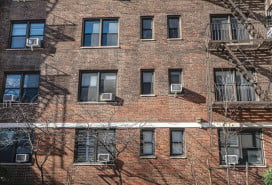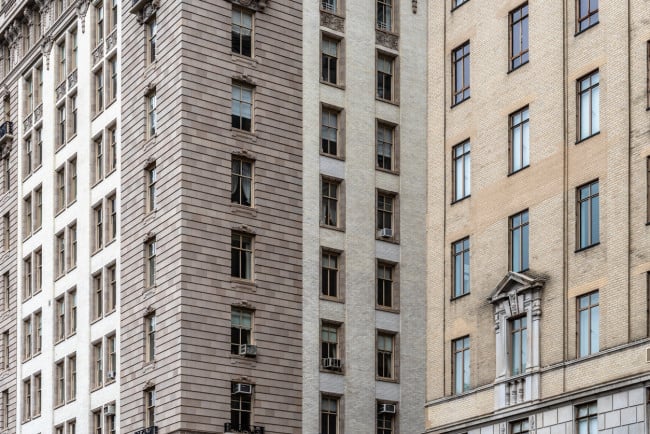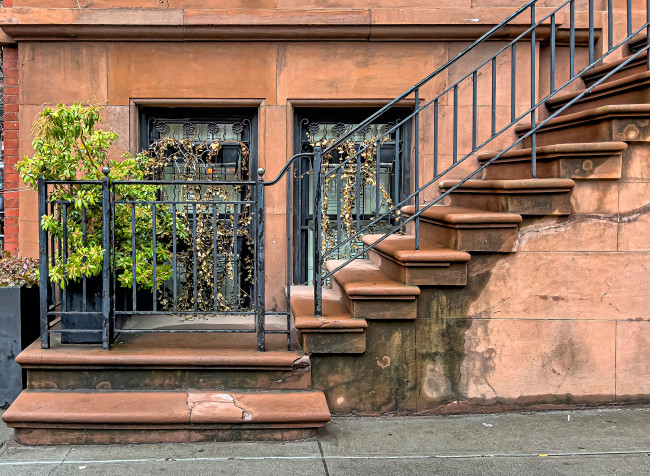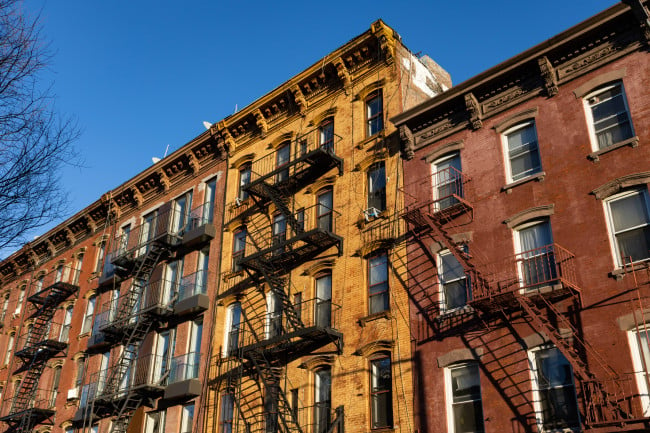How to tell if your NYC apartment building is protected by the new Good Cause eviction law
- The new law allows some market-rate tenants to challenge rent hikes of more than 8.82 percent
- You can check openigloo or do your own research to see if you’re entitled to the protections
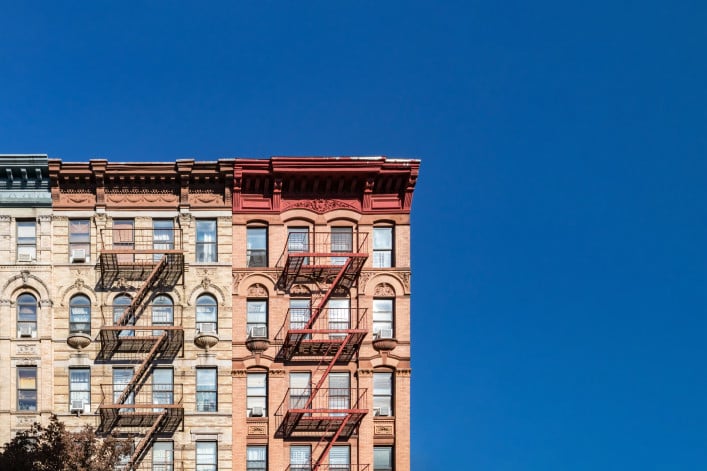
Good Cause enables you to require your landlord to justify in court a rent increase above 8.82 percent this year .
iStock
Thousands of New York City market-rate tenants gained a new legal right to challenge rent hikes, plus new protections from evictions in April under the state’s Good Cause eviction law. But determining if you are protected by Good Cause is no simple task. [Editor's note: As of August 2024, landlords are supposed to inform renters whether Good Cause applies to a unit.]
Good Cause eviction is essentially what it sounds like: Your landlord needs a good reason to evict you. If you’re covered, the law also gives you the right to challenge a rent increase of above 8.82 percent in court—and more bargaining power when negotiating a lease renewal. So if your monthly rent is $3,000, you could fight a rent increase of more than $3,264.60. (Rent-stabilized tenants already have protections from eviction and rent increases.)
[Editor’s note: This article was originally published in May 2024. We are presenting it again as part of our winter Best of Brick week.]
“You should use the Good Cause law to negotiate a lower rent increase with your landlord,” said Cea Weaver, coalition director for the nonprofit Housing Justice for All. “Tenants have to self-advocate, and it's easier to advocate when you have your tenant association behind you. So I would talk to other neighbors in the building.”
But Good Cause doesn’t apply to every market-rate tenant in NYC.
Roughly 61,000 buildings are covered under the law, according to openigloo, an apartment listing and review platform. Brooklyn holds the largest number of protected buildings, at 22,319, followed by Manhattan, Queens, the Bronx, and Staten Island, according to openigloo's data.
One simple way to see if Good Cause applies to your unit is to search your address on openigloo, or you can do your own research to check if your building is covered. (If you rent in a co-op or condo building, you can stop reading here. Good Cause does not apply to you regardless of how much you pay in rent.)
How to tell if your building is covered using openigloo
You can start by searching your building’s address on openigloo. If you are likely covered, you should be able to see a small green badge at the top of your building’s profile that says “Good Cause Eviction: Yes.”

“We are 99 percent sure [of our labels],” said Allia Mohamed, CEO of openigloo. “It does require a little bit of deeper research, but looking at the data…we’re able to be confident about that Good Cause eviction badge.”
But that’s not the end of the story. Even if your building is tagged as covered, you will be excluded from Good Cause protections if you pay more than 245 percent of the fair market rent, Mohamed added. (Openigloo doesn’t record what renters pay, so the site can’t eliminate New Yorkers based on their rent, she said.)
So, if you pay more than the following in rent each month, you are not entitled to Good Cause eviction protections: $5,846 for a studio, $6,005 for a one bedroom, $6,742 for a two bedroom, $8,413 for a three bedroom, or $9,065 for a four bedroom.
How to tell if your building is covered via your own research
The Good Cause law contains many notable exemptions, and figuring out whether you’re covered means going through somewhat of an elimination round.
To start, buildings that were constructed after 2009 are not covered under Good Cause, but that information is easily found through the Department of Buildings website.
Head to the DOB’s Building Information System, and click the link that says, “View Certificates of Occupancy.” Or, for newer properties, try DOB NOW and click the button that says “Certificate of Occupancy.” If your building’s certificate of occupancy is dated before Jan. 1st, 2009, you could be covered. Onto step two.
Buildings owned by “small landlords”—someone who owns fewer than 10 apartments statewide—are also not covered by Good Cause. Properties with up to 10 units where the landlord lives in the building are also exempt.
Tenants in small buildings can still be entitled to Good Cause eviction protections, if your landlord owns other properties. Your final step is digging up information on your landlord’s portfolio. (No easy task, as any real estate journalist knows).
Here’s how to start: head to the nonprofit Just Fix’s online tool “Who owns what in NYC?” and type in your address or the name of your landlord. Hit the portfolio tab to see a list of associated properties. If you know your landlord’s name, you can search for it within the portfolio tab to narrow down the number of properties they might directly own. That should give you a sense of…well, who owns what.
“Who owns what in NYC?” may not paint the clearest picture of ownership. Just Fix uses business addresses as part of its method to find out what landlords own, but independent owners can share the same address by using post office boxes. Most buildings are owned by limited liability companies, making it difficult to uncover a landlord’s identity. And Just Fix pulls information on buildings that register with the city, but owners don’t need to register one or two-unit buildings that they reside in.
If your landlord owns more than 10 units, you live in a rental building constructed before 2009, and you pay less than 245 percent of the fair market rent, you’re likely covered under Good Cause’s eviction protections.
And if you want us to run that back, check out this handy chart summarizing the research. (But remember: if you rent in a condo or co-op building, you are not entitled to Good Cause protections. If your building has less than 10 units and your landlord lives there, you are also not covered by the law.)
| Questions | How to get answers | |
|---|---|---|
| How to tell if your building is covered using openigloo |
| Go to openigloo.com, input your address, and look for the “Good Cause Eviction: Yes.” badge at the top. Do you pay less than: $5,846 for a studio, $6,005 for a one-bedroom, $6,742 for a two-bedroom, $8,413 for a three-bedroom, or $9,065 for a four-bedroom? |
| If you answered yes to both questions above, you’re likely covered by Good Cause. | ||
| How to tell if your building is covered through your own research |
| Do you pay less than: $5,846 for a studio, $6,005 for a one-bedroom, $6,742 for a two-bedroom, $8,413 for a three-bedroom, or $9,065 for a four-bedroom? Check DOB BIS and DOB NOW to find your building’s certificate of occupancy. Buildings with certificates of occupancy dated after Jan. 1st, 2009 are not covered. Use Just Fix’s Who Owns What tool to search your landlord by name, or your address to find associated properties. |
| If you answered yes to the three questions above, you’re likely covered by Good Cause. |
You Might Also Like




